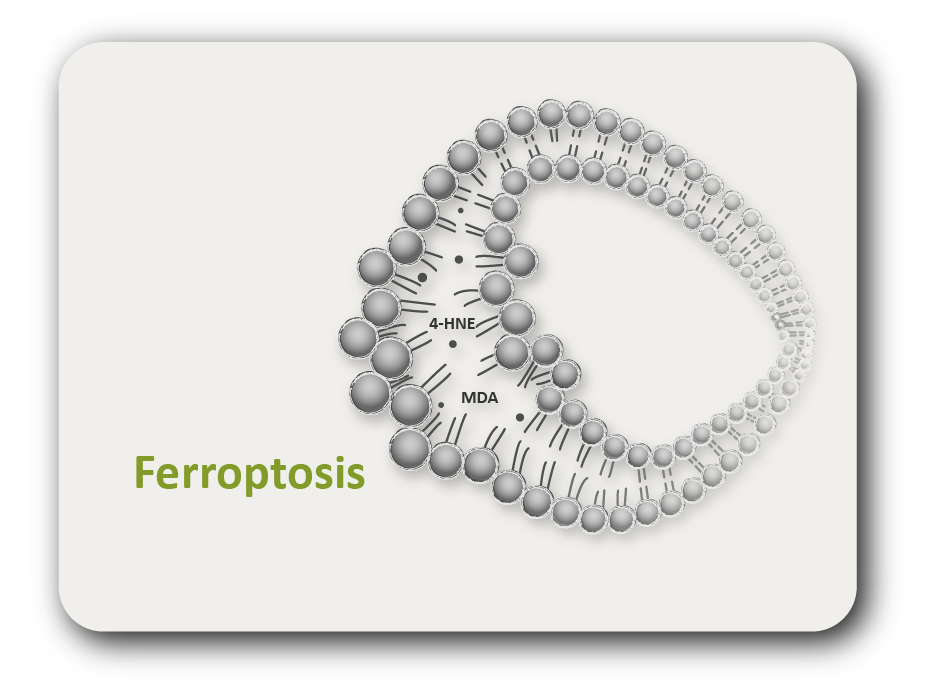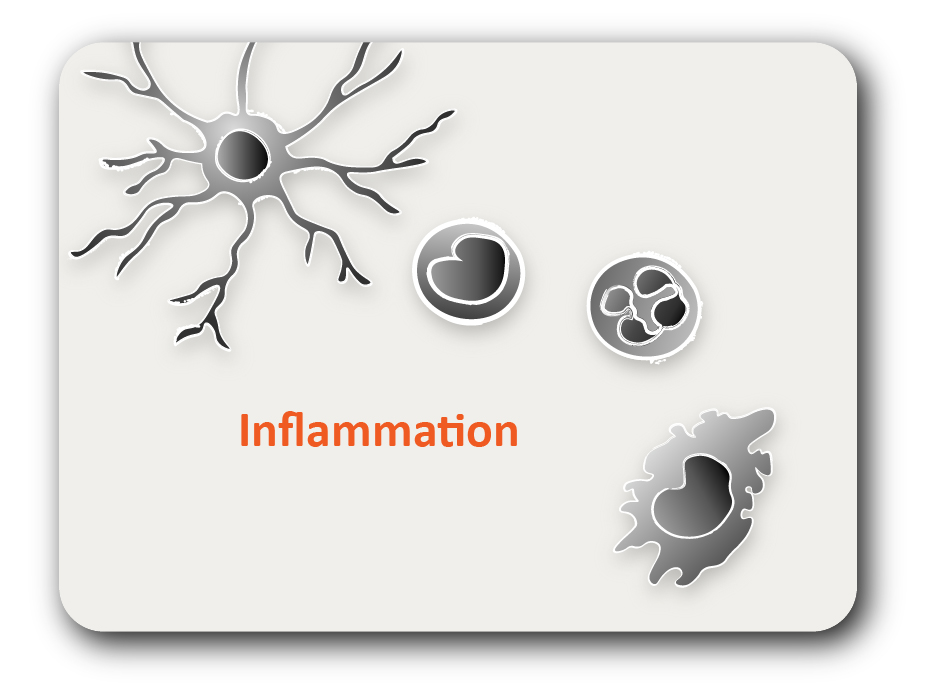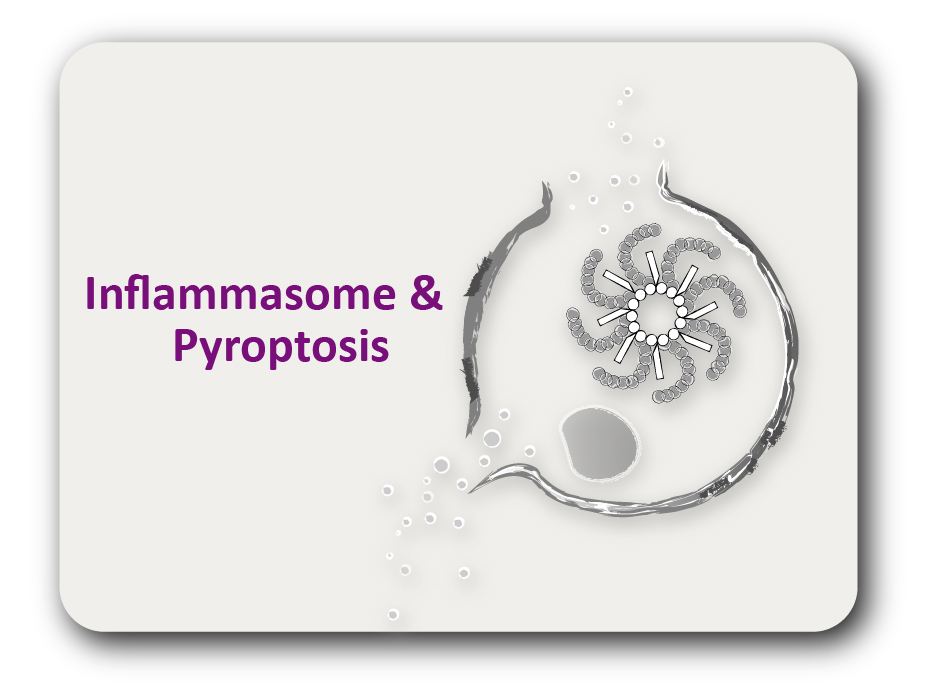ARG45347
anti-S1P1 / EDG1 antibody [21L9]
anti-S1P1 / EDG1 antibody [21L9] for IHC-Formalin-fixed paraffin-embedded sections and Human
Overview
| Product Description | Mouse Monoclonal antibody [21L9] recognizes S1P1 / EDG1 |
|---|---|
| Tested Reactivity | Hu |
| Tested Application | IHC-P |
| Host | Mouse |
| Clonality | Monoclonal |
| Clone | 21L9 |
| Isotype | IgG1 |
| Target Name | S1P1 / EDG1 |
| Antigen Species | Human |
| Immunogen | Recombinant Human S1P1 / EDG1 . |
| Conjugation | Un-conjugated |
| Alternate Names | D1S3362; CD antigen CD363; EDG1; CD363; EDG-1; S1P1; Endothelial differentiation G-protein coupled receptor 1; S1P receptor Edg-1; Sphingosine 1-phosphate receptor Edg-1; Sphingosine 1-phosphate receptor 1; CHEDG1; ECGF1; S1P receptor 1 |
Application Instructions
| Application Suggestion |
|
||||
|---|---|---|---|---|---|
| Application Note | * The dilutions indicate recommended starting dilutions and the optimal dilutions or concentrations should be determined by the scientist. |
Properties
| Form | Powder |
|---|---|
| Purification | Protein G chromatography |
| Buffer | PBS |
| Reconstitution | PBS |
| Concentration | 0.2 mg/ml |
| Storage Instruction | For continuous use, store undiluted antibody at 2-8°C for up to a week. For long-term storage, aliquot and store at -20°C or below. Storage in frost free freezers is not recommended. Avoid repeated freeze/thaw cycles. Suggest spin the vial prior to opening. The antibody solution should be gently mixed before use. |
| Note | For laboratory research only, not for drug, diagnostic or other use. |
Bioinformation
| Database Links |
Swiss-port # P21453 Human Sphingosine 1-phosphate receptor 1 |
|---|---|
| Gene Symbol | S1PR1 |
| Gene Full Name | sphingosine-1-phosphate receptor 1 |
| Background | The protein encoded by this gene is structurally similar to G protein-coupled receptors and is highly expressed in endothelial cells. It binds the ligand sphingosine-1-phosphate with high affinity and high specificity, and suggested to be involved in the processes that regulate the differentiation of endothelial cells. Activation of this receptor induces cell-cell adhesion. [provided by RefSeq, Jul 2008] |
| Function | G-protein coupled receptor for the bioactive lysosphingolipid sphingosine 1-phosphate (S1P) that seems to be coupled to the G(i) subclass of heteromeric G proteins. Signaling leads to the activation of RAC1, SRC, PTK2/FAK1 and MAP kinases. Plays an important role in cell migration, probably via its role in the reorganization of the actin cytoskeleton and the formation of lamellipodia in response to stimuli that increase the activity of the sphingosine kinase SPHK1. Required for normal chemotaxis toward sphingosine 1-phosphate. Required for normal embryonic heart development and normal cardiac morphogenesis. Plays an important role in the regulation of sprouting angiogenesis and vascular maturation. Inhibits sprouting angiogenesis to prevent excessive sprouting during blood vessel development. Required for normal egress of mature T-cells from the thymus into the blood stream and into peripheral lymphoid organs. Plays a role in the migration of osteoclast precursor cells, the regulation of bone mineralization and bone homeostasis (By similarity). Plays a role in responses to oxidized 1-palmitoyl-2-arachidonoyl-sn-glycero-3-phosphocholine by pulmonary endothelial cells and in the protection against ventilator-induced lung injury. [UniProt] |
| Cellular Localization | Cell membrane; Endosome; Membrane. [UniProt] |
| Calculated MW | 43 kDa |
| PTM | S1P-induced endothelial cell migration requires the PKB/AKT1-mediated phosphorylation of the third intracellular loop at the Thr-236 residue. [UniProt] |
Images (1) Click the Picture to Zoom In





